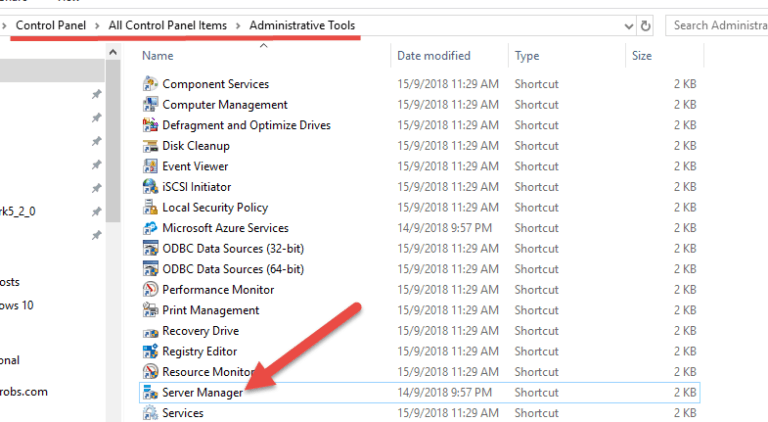
In my example I will manage the RDCMan as an IT administrator… in SUPINFO, where I have to manage all the servers in different campuses. It is very useful when you have a lot of groups/sub groups.Īnd under the Hyper-v labs (or the name you have given to it) we will create the groups/sub groups/servers that we will manage. Under the Connected group, you will see the different computer to which you are connected appear and disappear when you logoff. Once done, you can see on your window Connected and the name of your. rdg file as you wish and save it somewhere in your hard drive. When you open RDCMan for the first time you cannot yet add servers or groups, you need first to create your. Once the installation is completed, you can search for RDCMan in your computer: There is nothing special for this… just click next next finish. Now we have seen what the purpose of RDCMan is, let’s start the explanation on “How to configure it”.įirst, if RDCMan is not already installed in your computer, you may need to download it from this webpage: Download Remote Desktop Connection Manager 2.7 It can also be use, in the same way, if you are doing like me… creating many VMs for your personal training 🙂 Then, you can setup RDCMan in order to administrate easily these different servers.

Well, I will just say that you can also use it for your project when you have different servers to administrate, especially for the end of years project that can require nearly 10 servers to run through different computers.

So, now maybe you will think “it’s good but I’m still a student… what can I do with that?” Or, if you are working in an IT services company, you can order the servers by customer/roles:

RDCMan allow the IT guys we are to inventory all the servers we have to manage by Remote Desktop Connection in one window and to specify the login/password/IP/other settings for each of these servers.įor example, if you are administrating internal servers for your company, you can create some groups and sub-groups to order your servers by services/roles:

Whatever if you are administrating internal servers or different customer servers’, it quickly begin very difficult to remember the login/password/IP for each of them.įor this, you can use simple excel sheets containing these information, or, use a free and powerful tool provided by Microsoft: Remote Desktop Connection Manager (i.e. When you need to administrate hundreds of servers it is always complicated to remember every Servers that you manage.


 0 kommentar(er)
0 kommentar(er)
